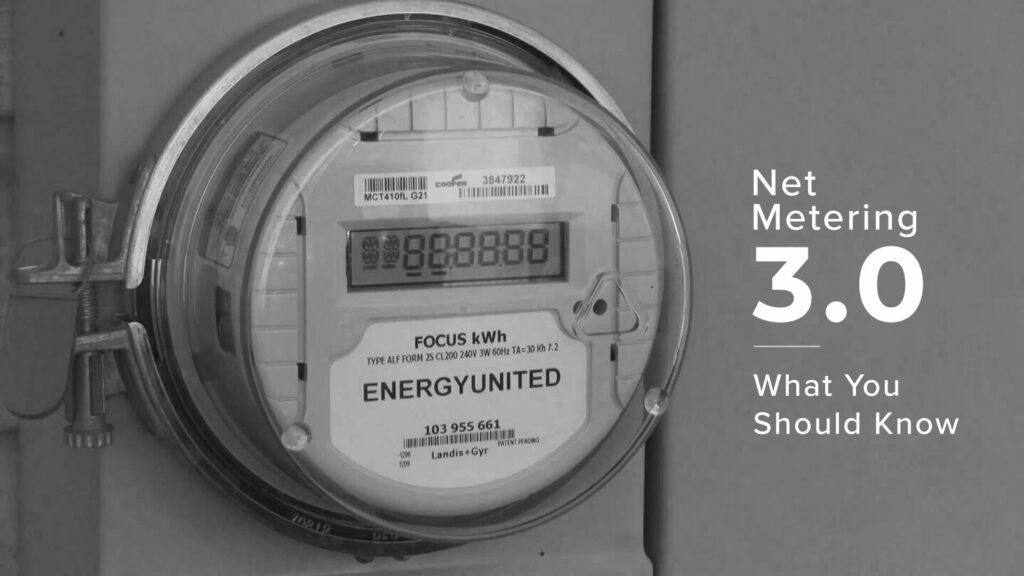Introduction:
California has always been a frontrunner when it comes to embracing renewable energy. As the state continues to prioritize sustainable practices, a program called Net Energy Metering (NEM) has become a game-changer for homeowners. With the recent rollout of NEM 3.0, there are even more opportunities for Californians to reap the benefits of solar energy. In this blog post, we’ll explore the advantages of NEM 3.0 and how homeowners can leverage it to their advantage. With NEM 3.0 California Homeowners are becoming more energy independence.
What is NEM 3.0?
Net Energy Metering (NEM) is a billing arrangement that allows homeowners with solar panels to receive credits for any excess electricity they generate and feed back into the grid. These credits can then be used to offset their future electricity bills. NEM 3.0 is the latest iteration of this program, offering enhanced benefits and expanded opportunities for homeowners.
Key Benefits of NEM 3.0:
a. Increased Compensation: Under NEM 3.0, homeowners can receive fair compensation for the excess electricity they produce. The program offers improved billing arrangements, ensuring that homeowners are properly credited for the energy they contribute to the grid.
b. Time-of-Use (TOU) Flexibility: NEM 3.0 introduces TOU rate structures, allowing homeowners to maximize their savings by consuming electricity during off-peak hours when rates are lower. This flexibility empowers homeowners to optimize their energy usage and reduce their overall electricity costs.
c. Larger System Size Limit: NEM 3.0 expands the maximum system size limit, enabling homeowners to install larger solar arrays. This means more potential for energy generation and greater long-term savings.
d. Enhanced Battery Storage Integration: The latest iteration of NEM encourages the integration of battery storage systems. By storing excess energy during the day and utilizing it during peak demand periods or at night, homeowners can further reduce their reliance on the grid and enhance their energy independence.
How to Leverage NEM 3.0 to get the most solar energy benefits
a. Understand Your Energy Needs: Assess your current electricity usage and identify potential areas for improvement. Analyze your consumption patterns and determine how solar energy can help you offset your electricity bills effectively.
b. Choose the Right Solar Provider: Select a reputable solar installation company that is well-versed in NEM 3.0 regulations. They can guide you through the process, ensuring your solar system is designed to maximize energy generation and help you take full advantage of the program’s benefits.
c. Explore Battery Storage: Consider adding a battery storage system to your solar setup. With NEM 3.0 promoting battery integration, this investment can help you store excess energy and optimize your energy consumption even further.
d. Stay Informed: Keep up-to-date with the latest developments and changes in the NEM program. Regularly check for updates from your utility provider or consult with your solar installer to stay ahead of any modifications that may affect your solar investment.
Conclusion:
NEM 3.0 opens up new opportunities for California homeowners to embrace solar energy and reduce their carbon footprint while enjoying long-term savings. By understanding the program’s benefits and how to leverage them effectively, homeowners can make informed decisions, optimize their energy consumption, and take full advantage of this progressive initiative. As California continues to lead the way in renewable energy, NEM 3.0 ensures that homeowners are an integral part of the clean energy revolution.
Remember, when considering solar energy solutions, always consult with a trusted solar provider to help you navigate the intricacies of NEM 3.0 and tailor a system that meets your unique needs.
Disclaimer: The information provided in this blog post is for general informational purposes only and should not be considered professional advice. Consult a qualified solar installer for personalized guidance and recommendations regarding residential solar panels. The author and publisher are not responsible for any actions taken based on the information provided.


